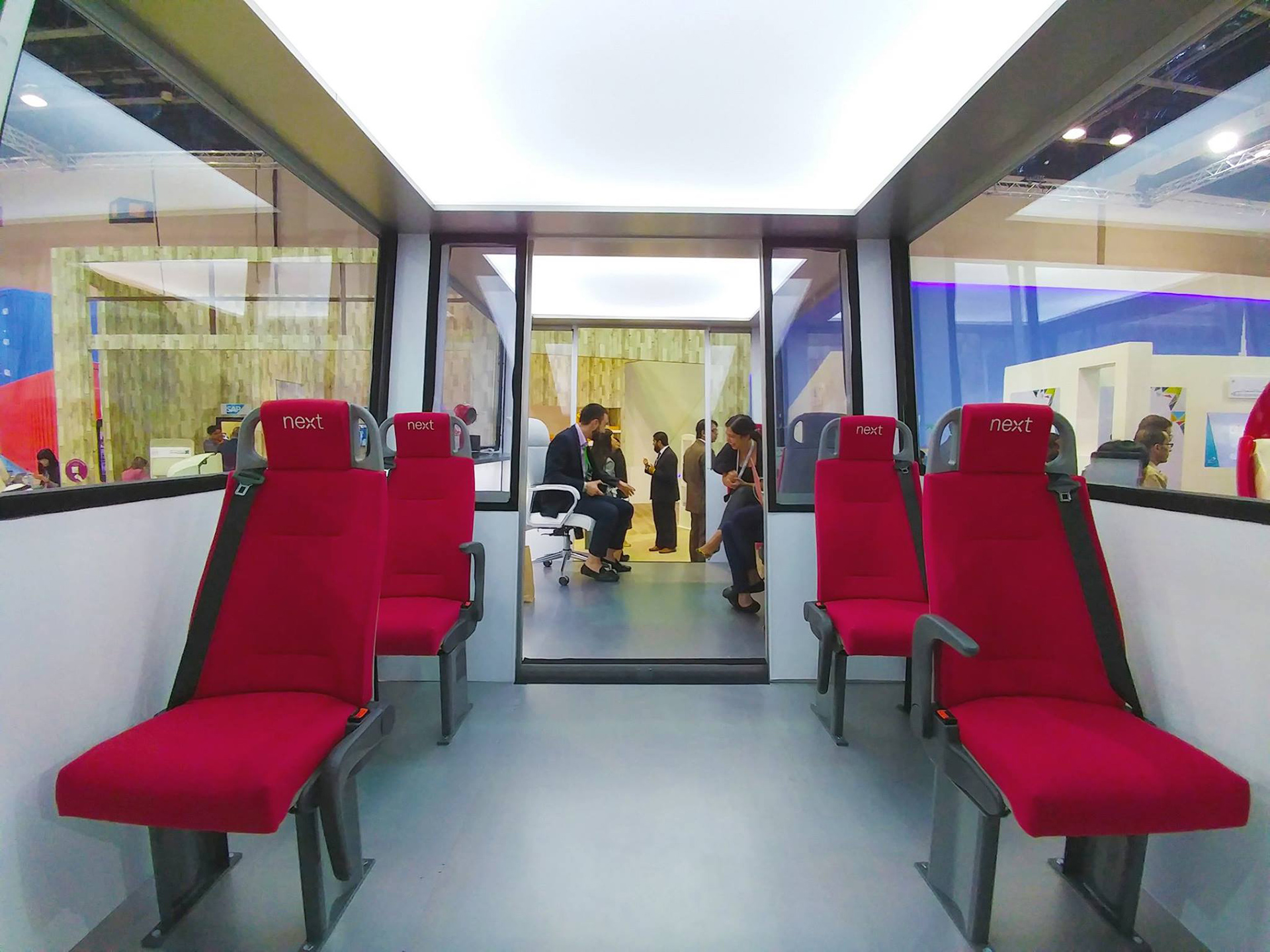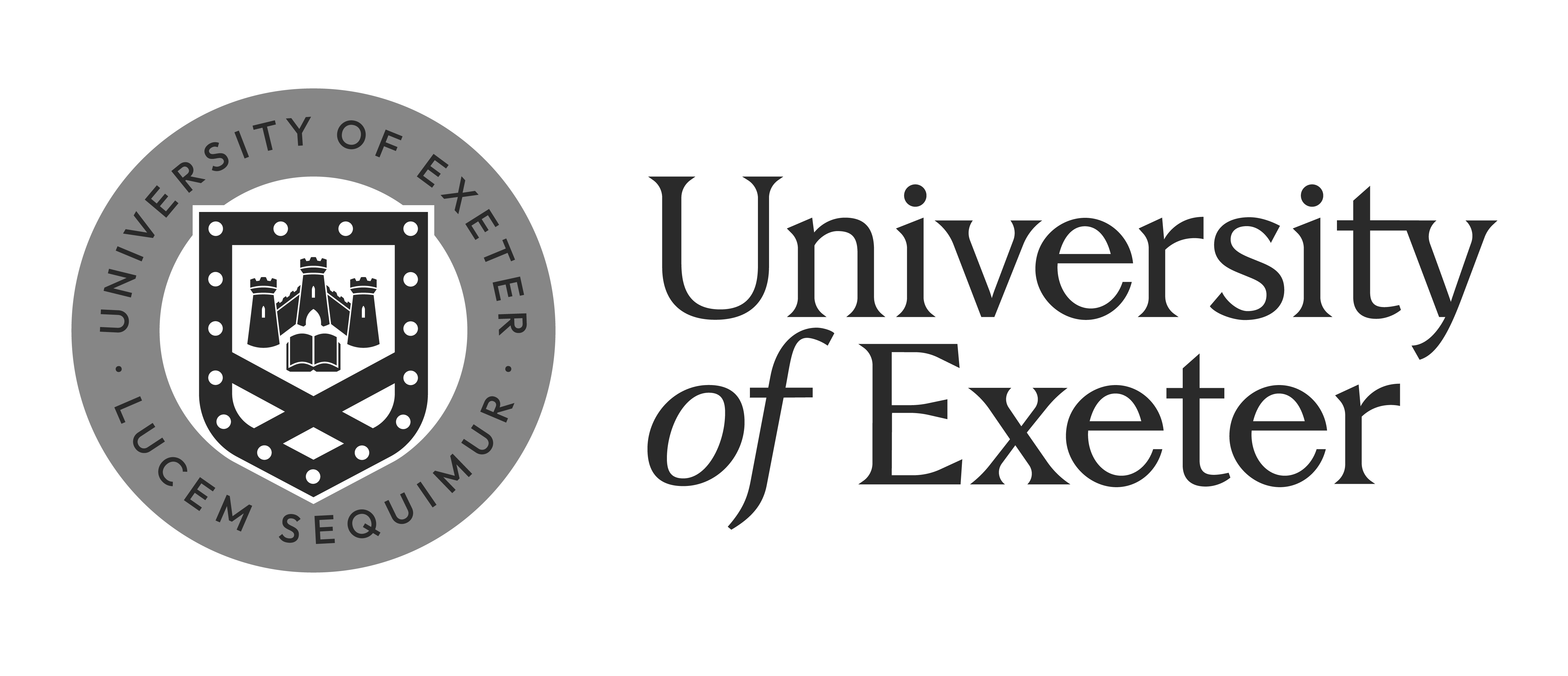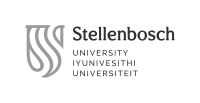The road testing of modular electrified and self-driving pods is underway in Padua. The innovative transport system called "Next" was developed by the Paduan startup Getplus. The pilot action of testing the experimental module consists of two main phases and will last four months, until November 2021.
The first phase is being implemented in a selected urban area of Padua in reserved and protected lanes and is aimed at collecting data for a technical evaluation of the system. The second phase will be in an urban area with loop routes.
The Sustainable Logistics Unit of Venice International University is a partner in the SPROUT project, Sustainable Policy RespOnse to Urban mobility Transition, funded by the Horizon 2020 program. The theme of the project is innovation in urban logistics and mobility.
The SPROUT project involves about 30 partners and cities across Europe including Valencia, Budapest, Kalisz, Tel Aviv, Ioannina, Mechelen, Gothenburg and aims to develop and implement innovative solutions and policies to address key urban challenges. In SPROUT, VIU is working with the Municipality of Padua to introduce and implement the NEXT transport system at the urban level.
Prof. Marco Mazzarino of IUAV University of Venice and head of the Sustainable Logistics Unit in VIU coordinates a strong team of researchers and practitioners, including Lucio Rubini, Gennaro Ciccarelli, Luca Braidotti, and Maurizio Cociancich who support the Municipality of Padua in the technical implementation and overall socio-economic and environmental assessment of the NEXT pilot project.
Disruptive Innovation
"The NEXT system represents a disruptive innovation - emphasizes Marco Mazzarino - that can significantly contribute to solving major urban challenges. In addition to a number of cutting-edge features such as autonomous driving, electric pods and a demand response system, NEXT is designed on the basis of a modular concept to dynamically achieve a near-perfect match between transport supply and demand at the urban level, for both passengers and freight.
In fact, NEXT is also a mixed passenger-freight system, and in Padua we are further developing the implementation of the cargo-hitching approach that VIU has already pioneered in previous EU projects and is promoting in other cities as well.
Wasted Transportation Capacity
Unfortunately, we are all somewhat accustomed to seeing around us a fairly large amount of "wasted transportation capacity" both at the urban level and in the transportation industry in general, we almost take it for granted, when we shouldn't: cars running almost empty carrying a passenger or two if you go by cab; few passengers on traditional buses and trains at off-peak hours; long queues of half-empty trucks on our highways; last-mile vans that hardly show noticeable saturation rates.
Dynamic Optimization of Transportation Capacity
While one may be fascinated by some of NEXT's unique features, such as the vehicle design, one still has to look at the big picture: the most valid basic concept is that the NEXT system and the business model as a whole technically speaking achieve dynamic optimization of existing urban transportation capacity.
Transportation supply is optimized to meet demand over time by dynamically consolidating urban passenger and freight traffic flows. Basically, you have what you need, all the time, nothing more, no waste of resources, no inefficiency. If you can do this, the results in operational, socio-economic and environmental terms are formidable:
- less congestion, assessable both in terms of fewer vehicles on the road and less occupied urban space, think of the size of traditional vehicles, including hood and trunk that can be freed up for valuable urban and social activities;
- fewer pollutants, including CO2;
- better travel times;
- less energy consumption.
Add to that autonomous driving features and electrification then the whole spectrum is covered. To do this you need to come up with truly innovative systems and business models that can challenge conventional approaches. That's exactly what we're all doing in Padua.”
Project Website: www.sprout-civitas.eu
Social Media Channels:
Twitter: https://twitter.com/H2020_
LinkedIn: https://www.linkedin.com/
YouTube Channel: https://www.youtube.com/watch?v=FSSNRoEw18k&t=503s























